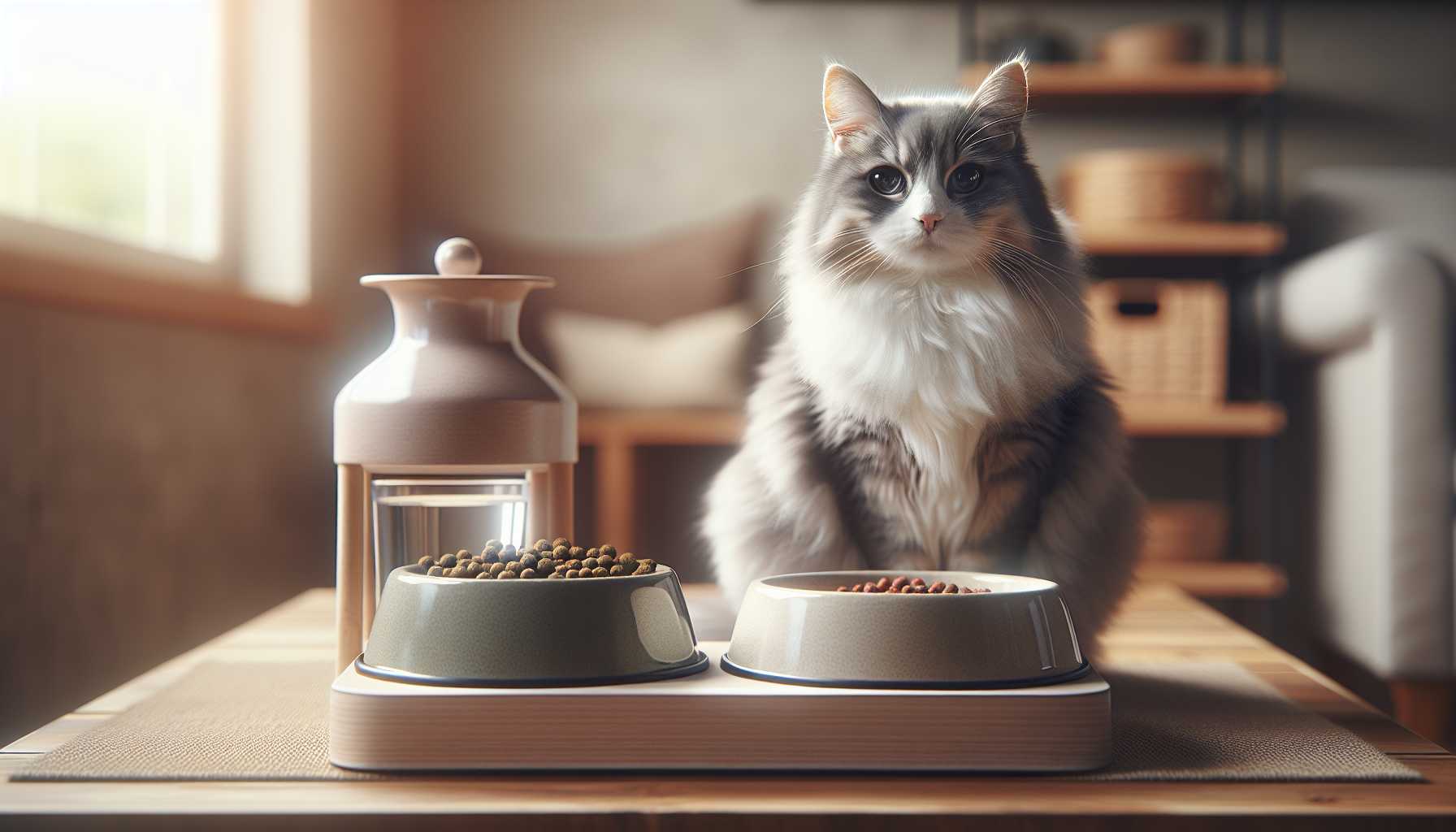Senior Cat Diet Transitions: Safe Feeding Guidelines

Transitioning Your Senior Cat's Diet: Gentle Feeding Guidelines
Just like humans, cats' nutritional needs also shift as they age. If your once-vibrant feline has started to slow down, it might signal it's time for a diet plan modification. Let me guide you through this significant transition with utmost care and affection.
Recognizing When it's Time for a Dietary Change
Your cat typically enters seniority between the ages of 7 and 10. Be on the lookout for these signals: - Fallen energy levels - Alteration in weight - Trouble with jumping or grooming - Decreased interest in their staple food - Oral health issues
Selecting the Suitable Food for Your Aging Feline
Choosing the most fitting food for your aging feline friend is critical. Here's what to look out for: - A higher proportion of protein from premium sources - Easily digestible components - Additional vitamins and minerals - Lower calorie content if your cat is less active - Softer food textures if required
Transitioning to the New Diet Gradually
Exercise patience, dear cat owners! A sudden switch could distress your cat’s stomach. Here's my proven strategy: - Day 1-3: Feed 75% of their old diet, incorporating 25% of the new food - Day 4-6: Maintain a 50-50 mix of both old and new food - Day 7-9: Gradually reduce the old food to 25%, increasing the new food to 75% - Day 10 and onwards: Completely switch to the new food
Spotting the Special Needs of Senior Cats
Our senior feline companions require extra attention during these changes: - Make sure fresh water is always within their reach - Keep an eye on their appetite and eating habits - Consider providing smaller meals more frequently - Be alert for any signs of digestive problems - Uphold regular feeding routines
When to Seek Veterinary Advice
There are times when we require expert help. Get in touch with your vet if you encounter: - Drastic weight fluctuation - Total rejection of food - Signs of nausea or diarrhea - Lethargy or shifts in behavior - Excessive drinking
Creating an Enjoyable Feeding Environment
Establish a pleasant dining experience for your senior cat: - Use raised food bowls - Ensure a quiet and serene feeding space - Separate food and water areas from litter boxes - Clean feeding stations regularly - Consider using heated bowls for serving wet food
Helpful Hints for a Successful Transition
Take into account these top tips: - Never rush the transition - Give praise and pets during meal times - Keep a record of weight changes.